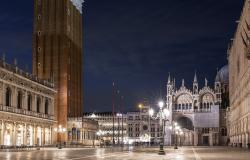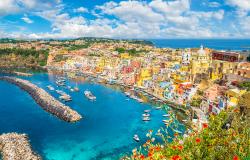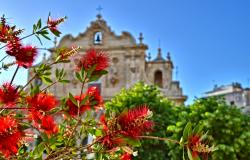A Quick Look at Historic Jewish Quarters in Italy
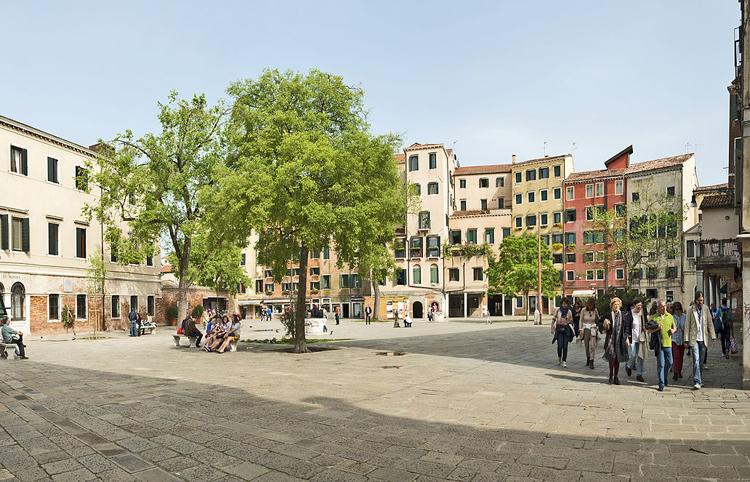

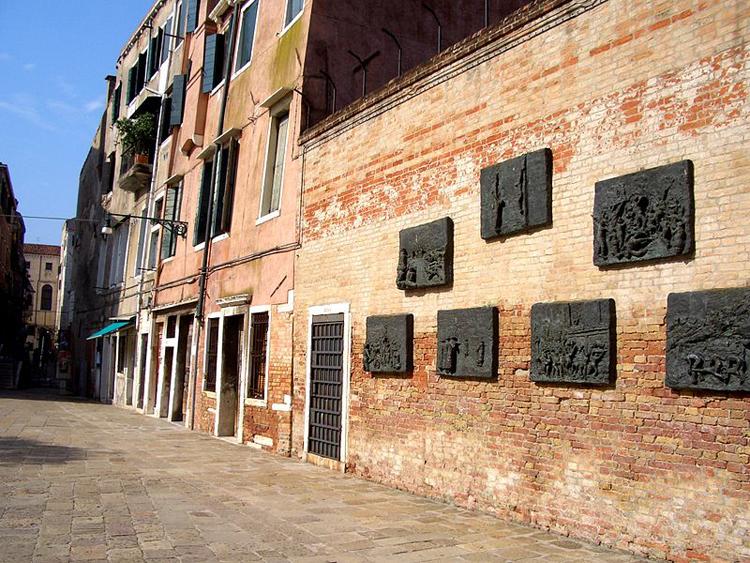
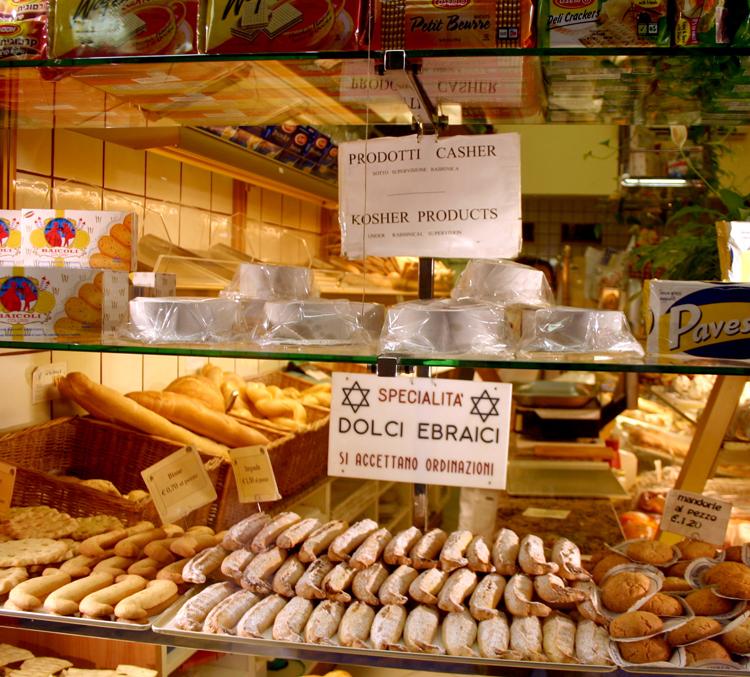
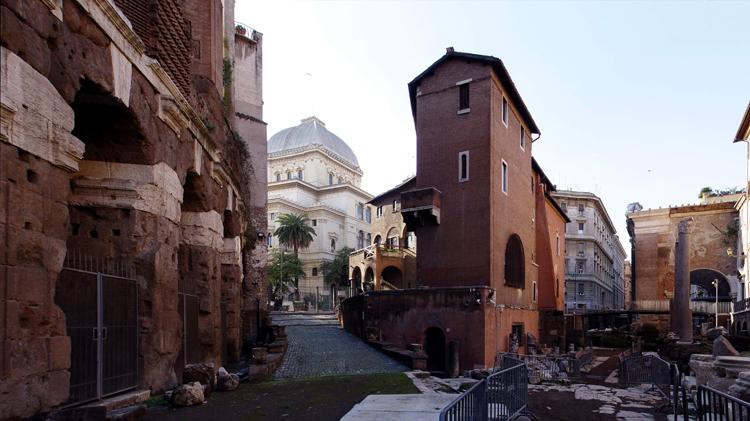
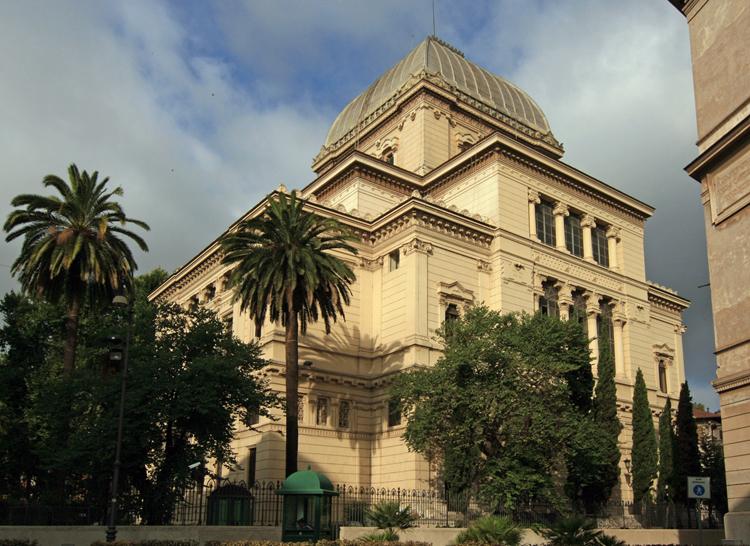
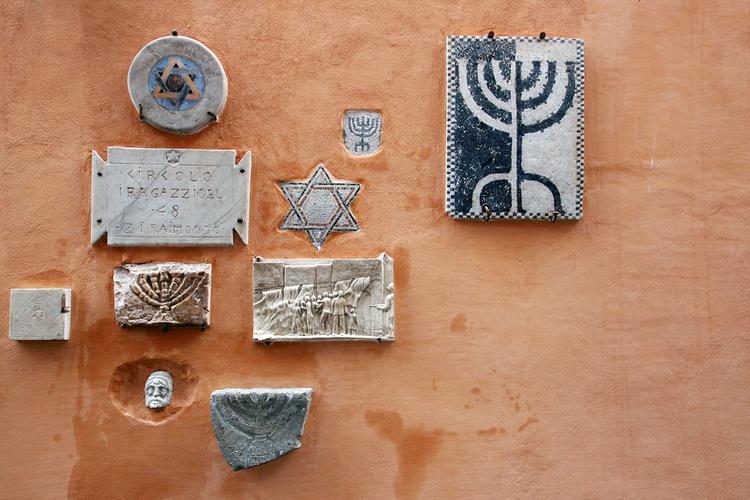
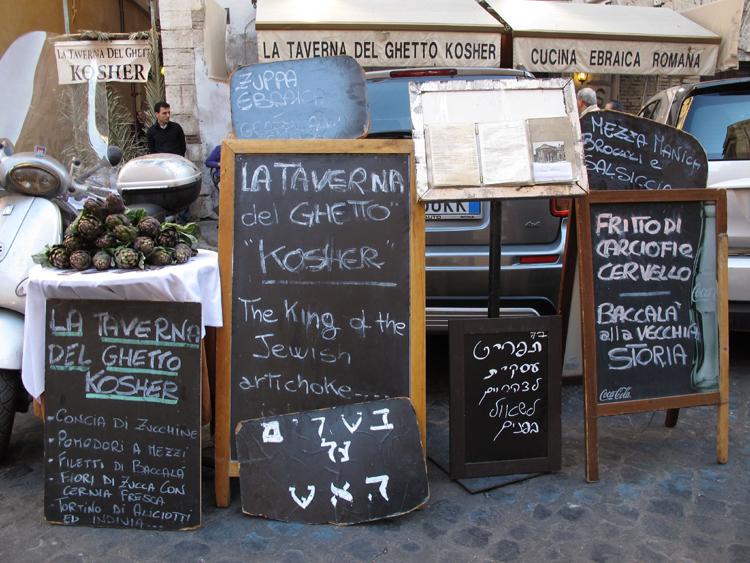
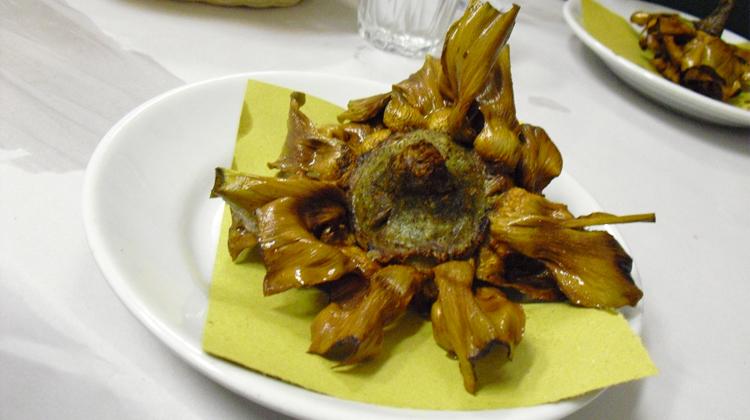
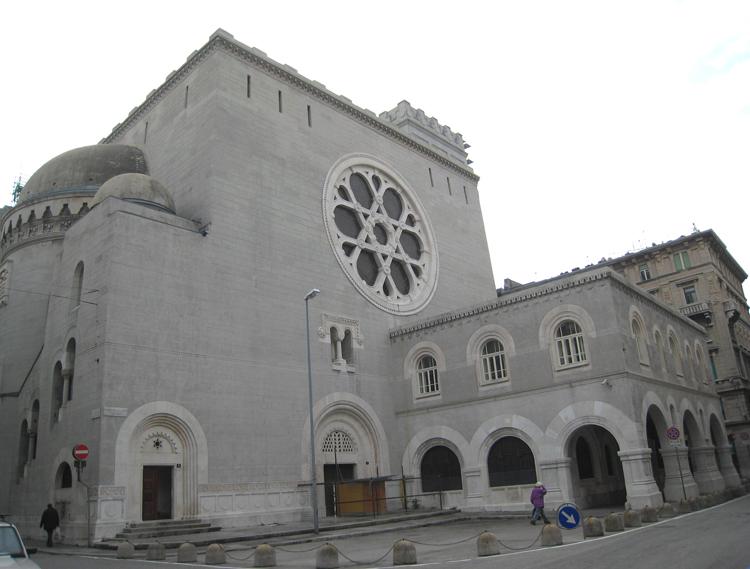
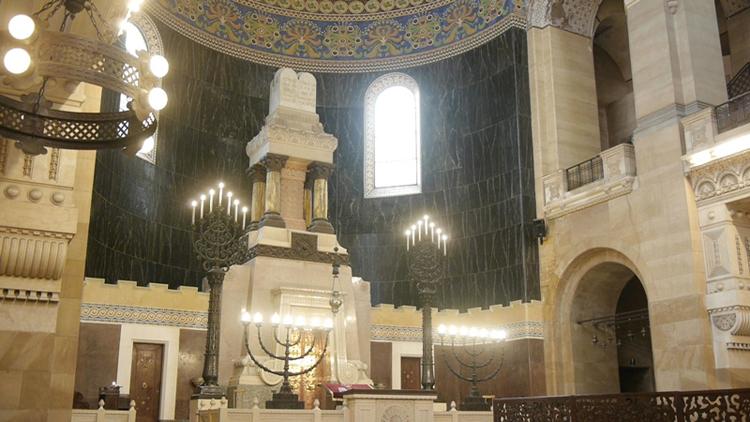
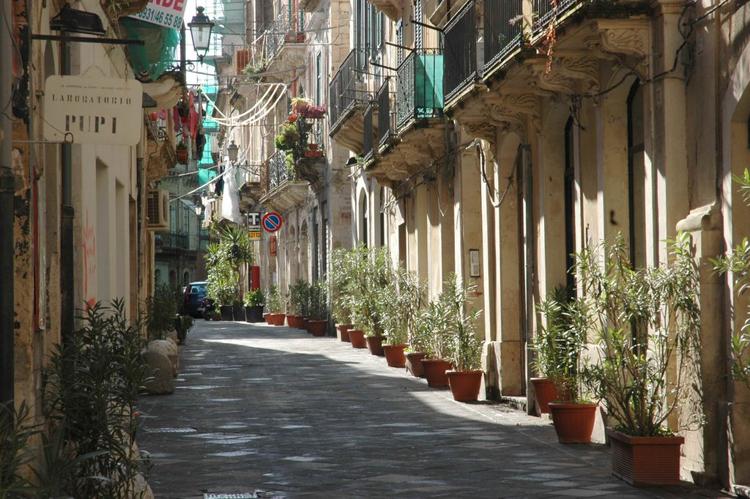
This article and accompanying slideshow were originally published in 2015.
Several Jewish quarters — the so-called ghettos — were established across Italian cities between the 16th and 19th centuries, following the mandate of the papal bull Cum nimis absurdum, issued by Pope Paul IV in 1555.
The bull revoked all rights of the Jewish communities, placing religious, legal and economic restrictions on Jews in the Papal States and subjecting them to various degradations. Personal freedom was a non-starter: The populations were forced to live in ghettos, walled quarters with three gates that were locked at night.
Ghettos were closed beginning in the 19th century as part of the slow process of emancipation of Italian Jews. Many of the ghettos were abandoned by the Jewish population, falling into disrepair, while others remained the beating heart of life for the local community.
Between the end of the 19th and the beginning of the 20th centuries, many ghettos underwent a process of renovation alongside the broader historical centers of the cities. Some ghettos were therefore completely demolished, such as the one in Florence — whose anchoring point had been Piazza della Repubblica — while others were extensively reworked, such as those in Rome and Mantua. In some cases, ghettos have been preserved almost entirely intact. This is the case in Venice.
Today, in many cases, recognizing the area of the old ghetto is straightforward enough — locating the entrances, seeing the houses with their courtyards and internal passages, and spotting the synagogues, which, at the time, had to be hidden. In recent years, many ghettos have become tourist attractions, and efforts have been made by local governments to preserve their traces and make them a part of tourist itineraries.
In the slideshow above, we’ve selected some images from the ghettos of Venice, Rome, Trieste and Syracuse.
The Venice ghetto was instituted in 1516 and is the oldest in Italy. In the Venetian language, it was named gheto, from the name of the contrada (local district) where the Jews were forced to reside. The word “ghetto” derives from gheto. Today, the ghetto is still very much the center of Venetian Jewish life.
The Rome ghetto is also among the oldest in the world; it was established in 1555 in the Rione Sant’Angelo, in the area surrounded by present-day Via del Portico d'Ottavia, Lungotevere dei Cenci, Via del Progresso and Via di Santa Maria del Pianto, close to the Tiber River and the Teatro Marcello.
Trieste boasts one of the largest synagogues in Europe, evidence of the long and important presence of Jews in Trieste. The city’s central square, Piazza Unità d'Italia, bore witness to tragic history as the site of Benito Mussolini’s September 1938 speech introducing the discriminatory Leggi razziali (racial laws) that were to be instituted by his fascist regime.
Syracuse is home to the oldest Jewish ritual baths, or mikveh, in Europe.
